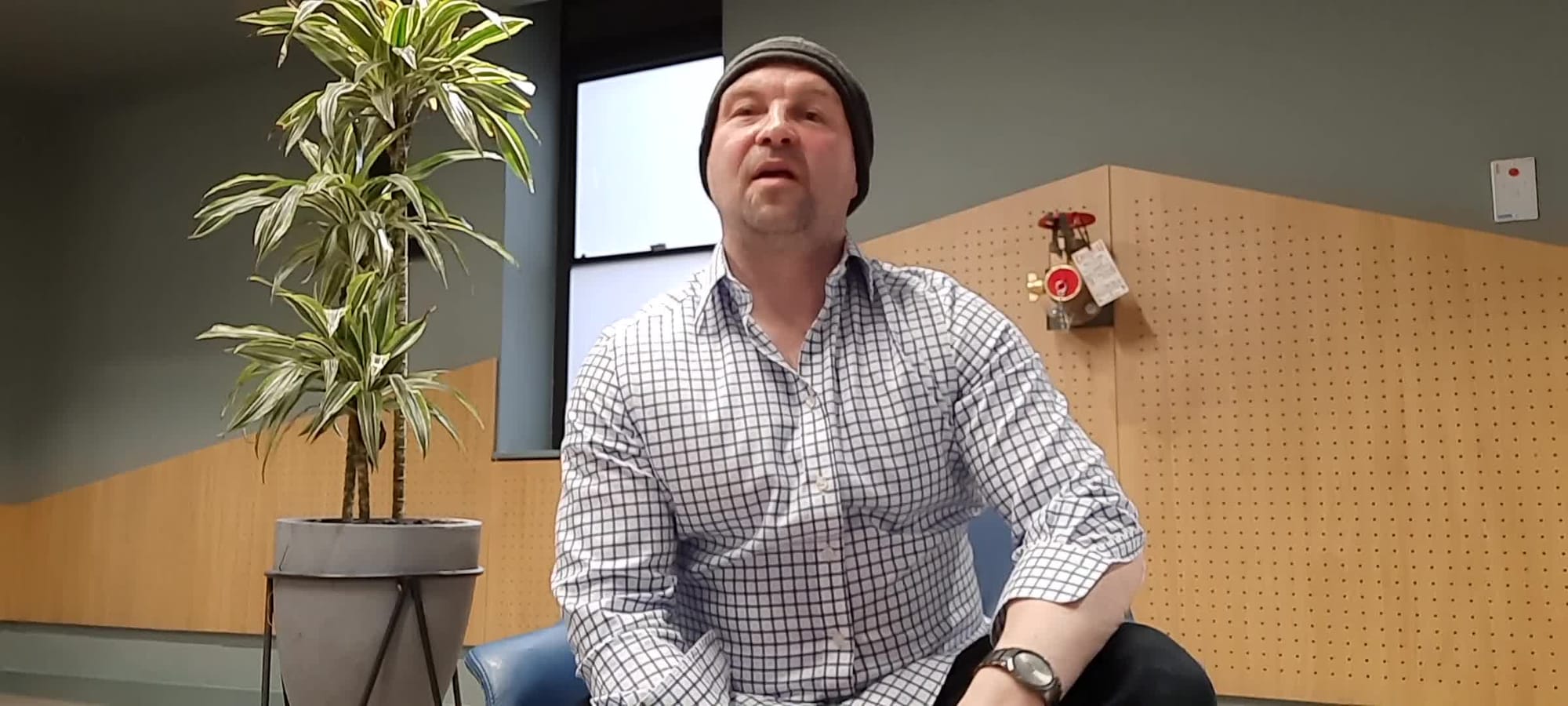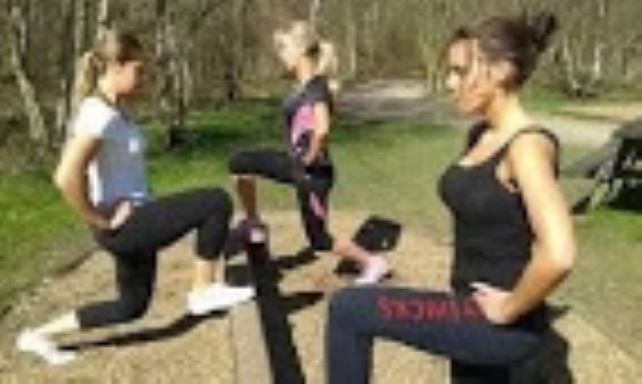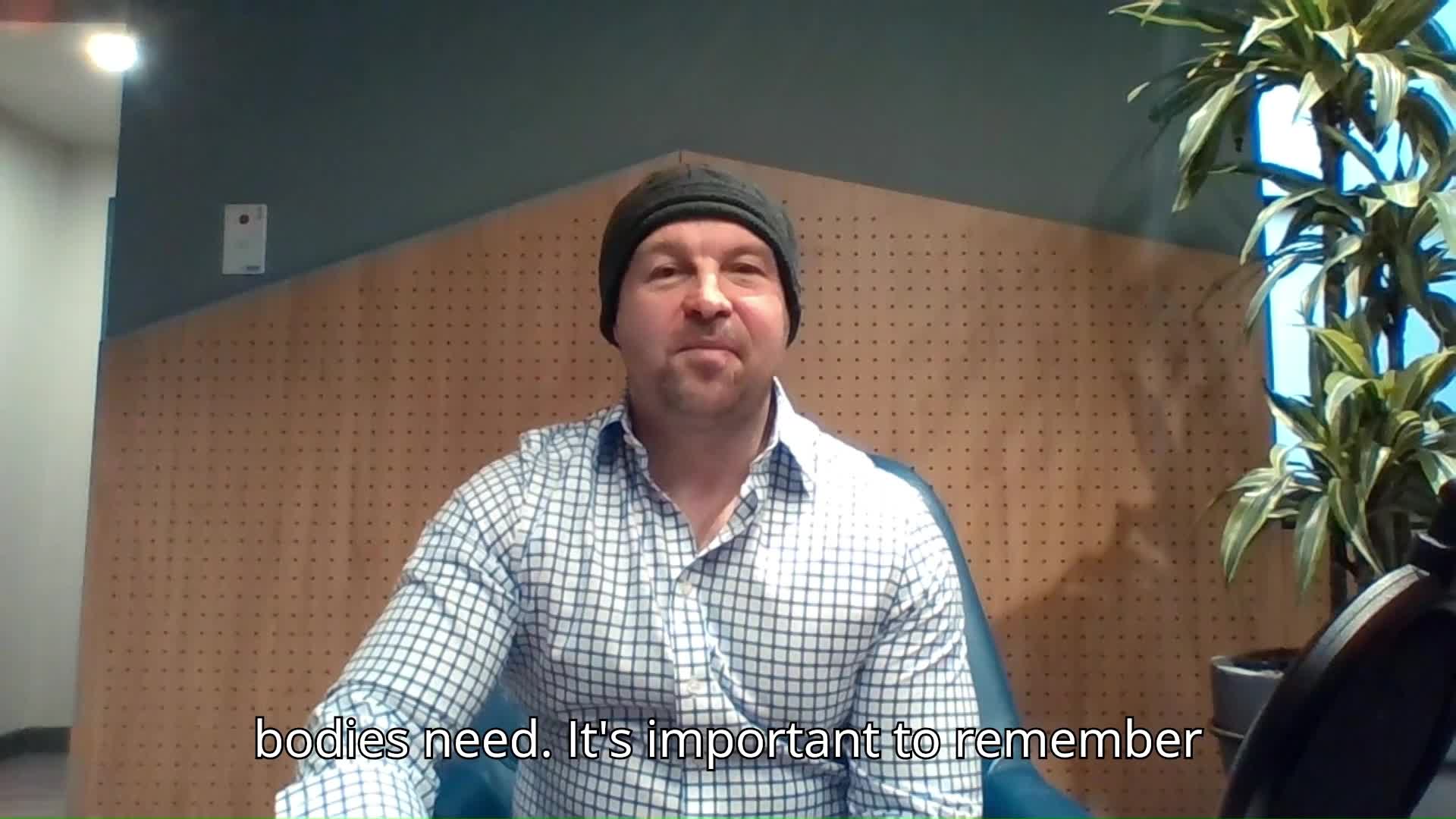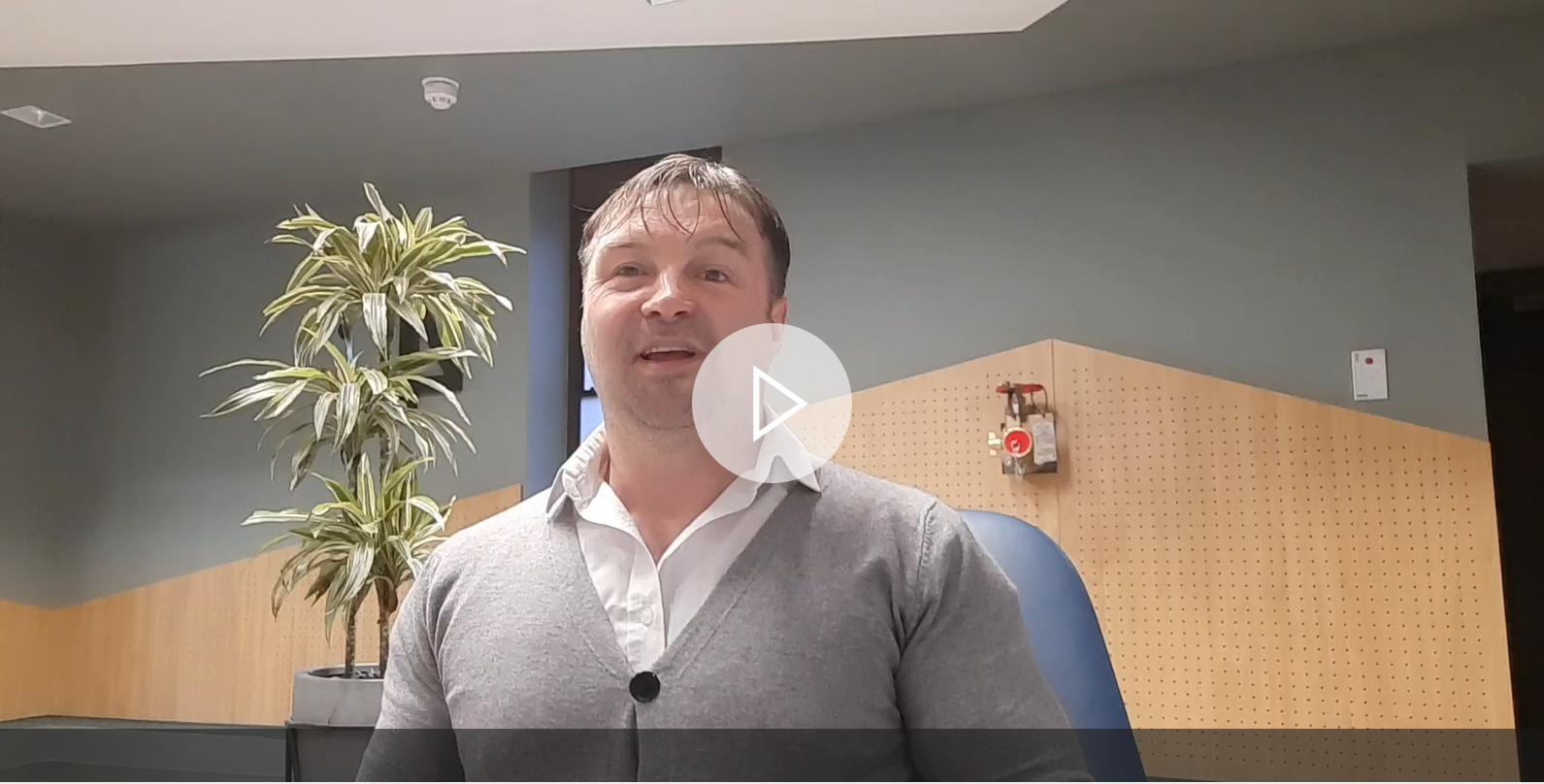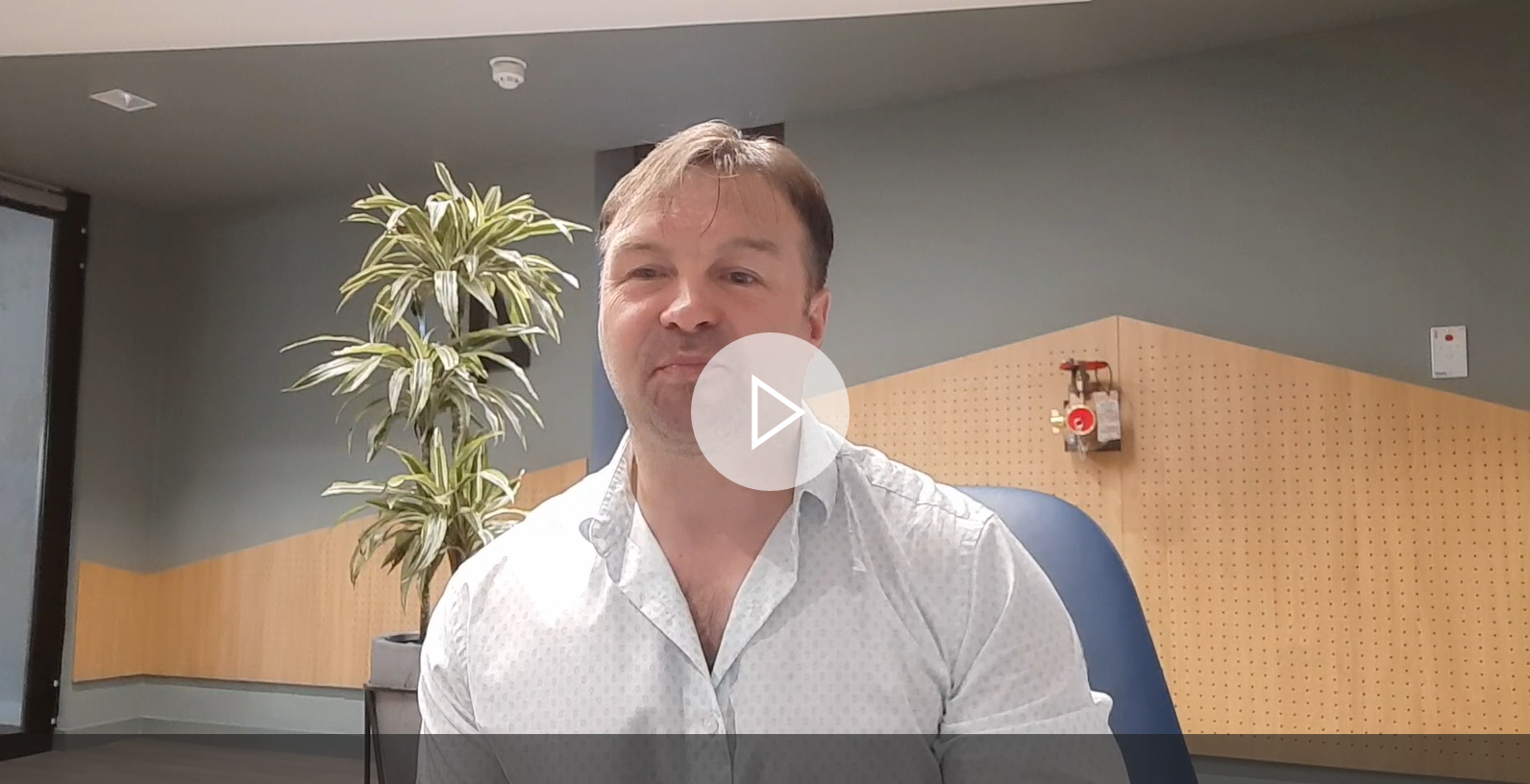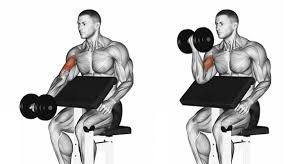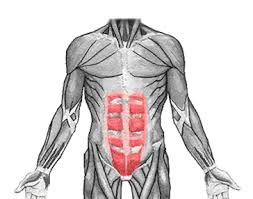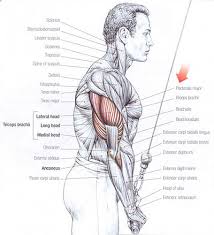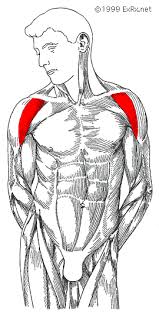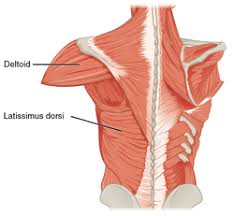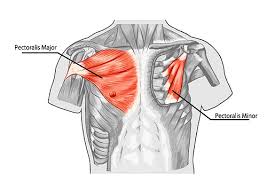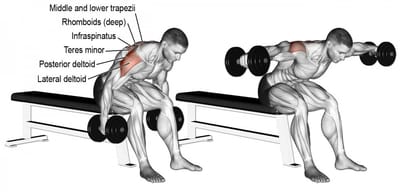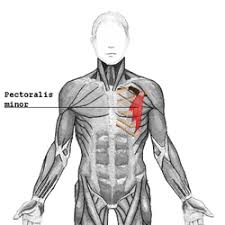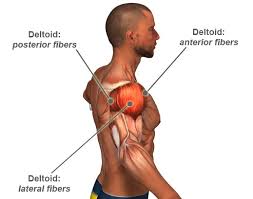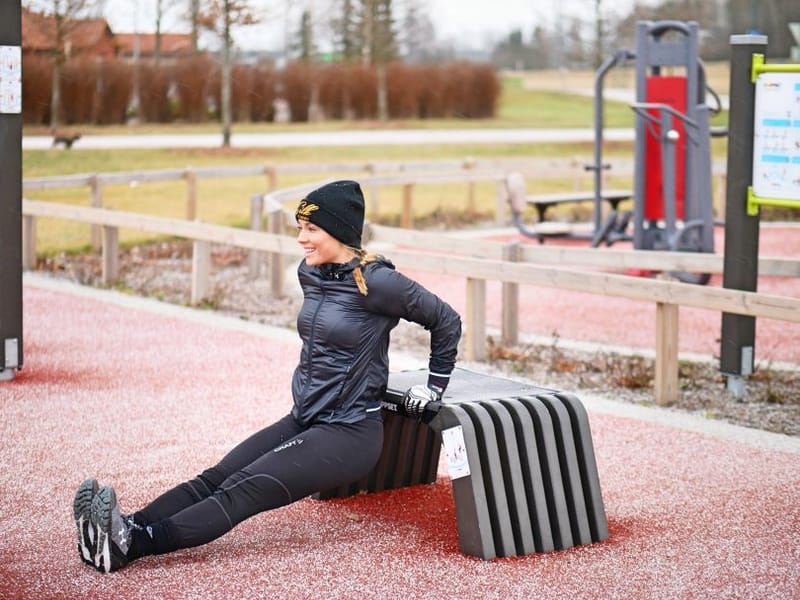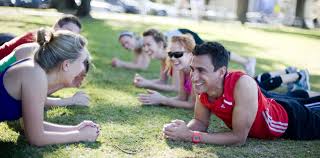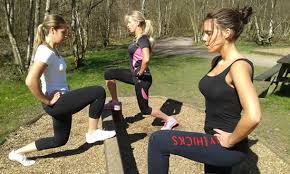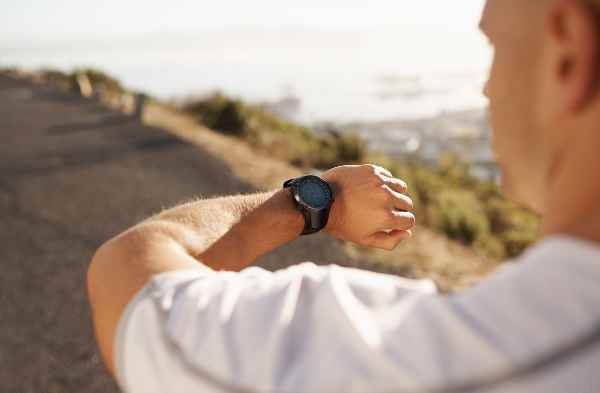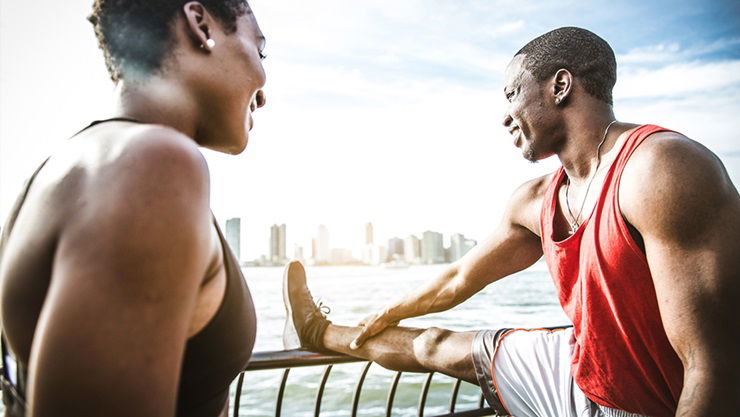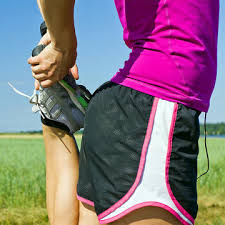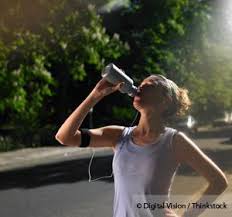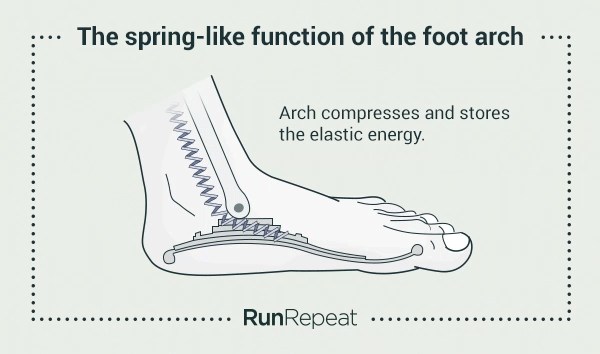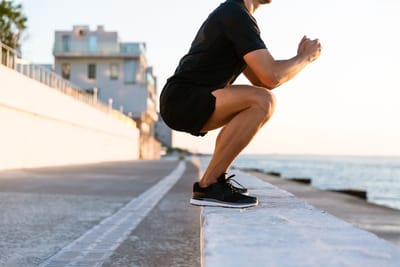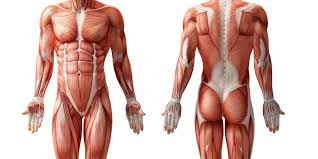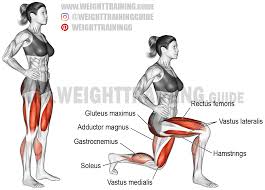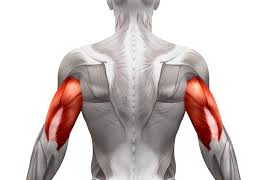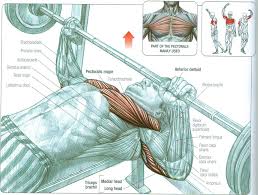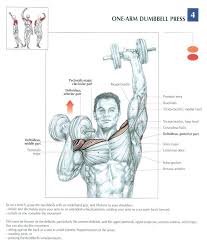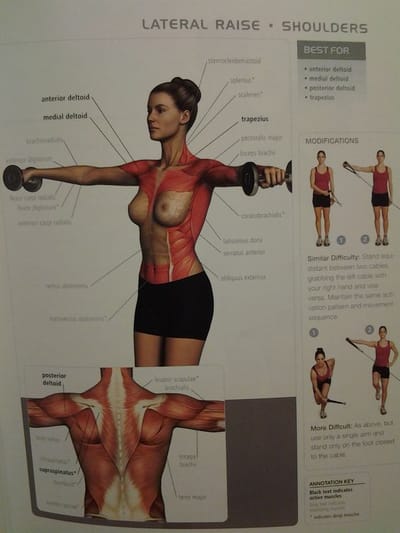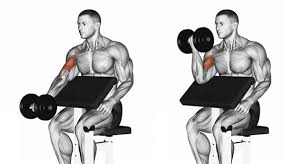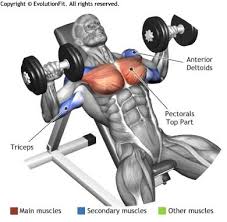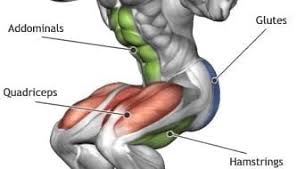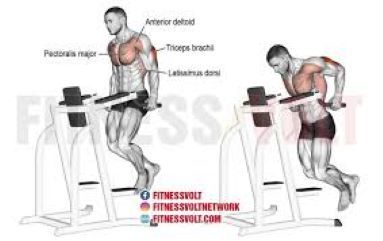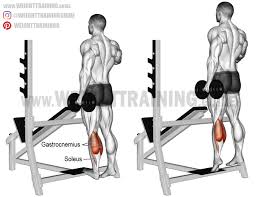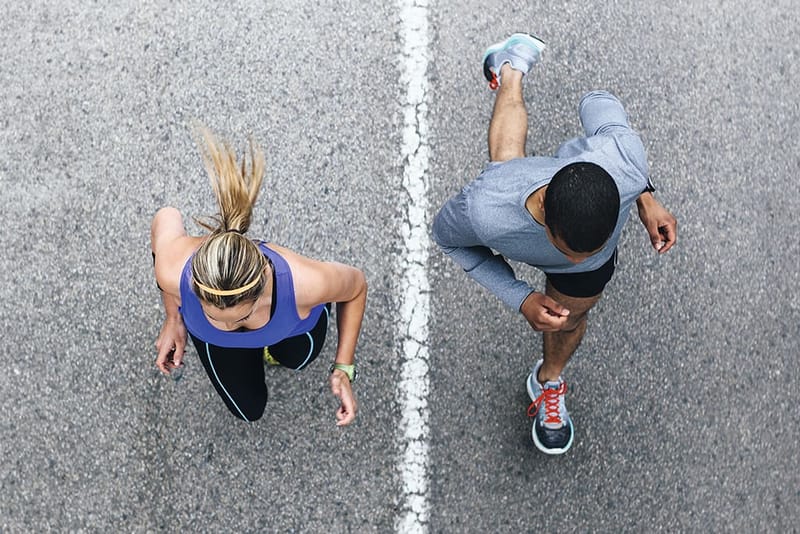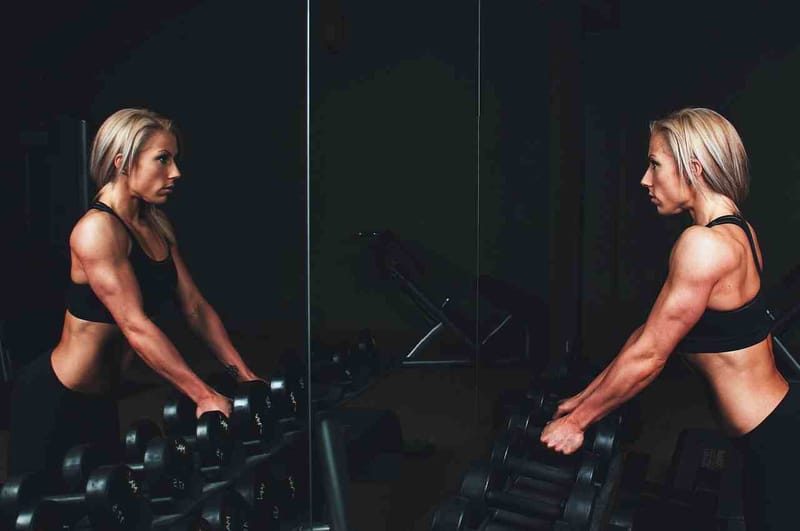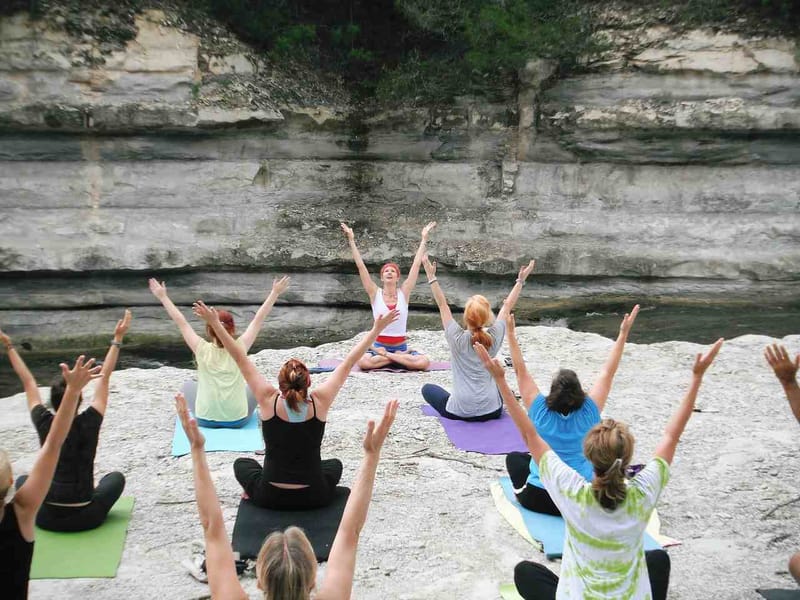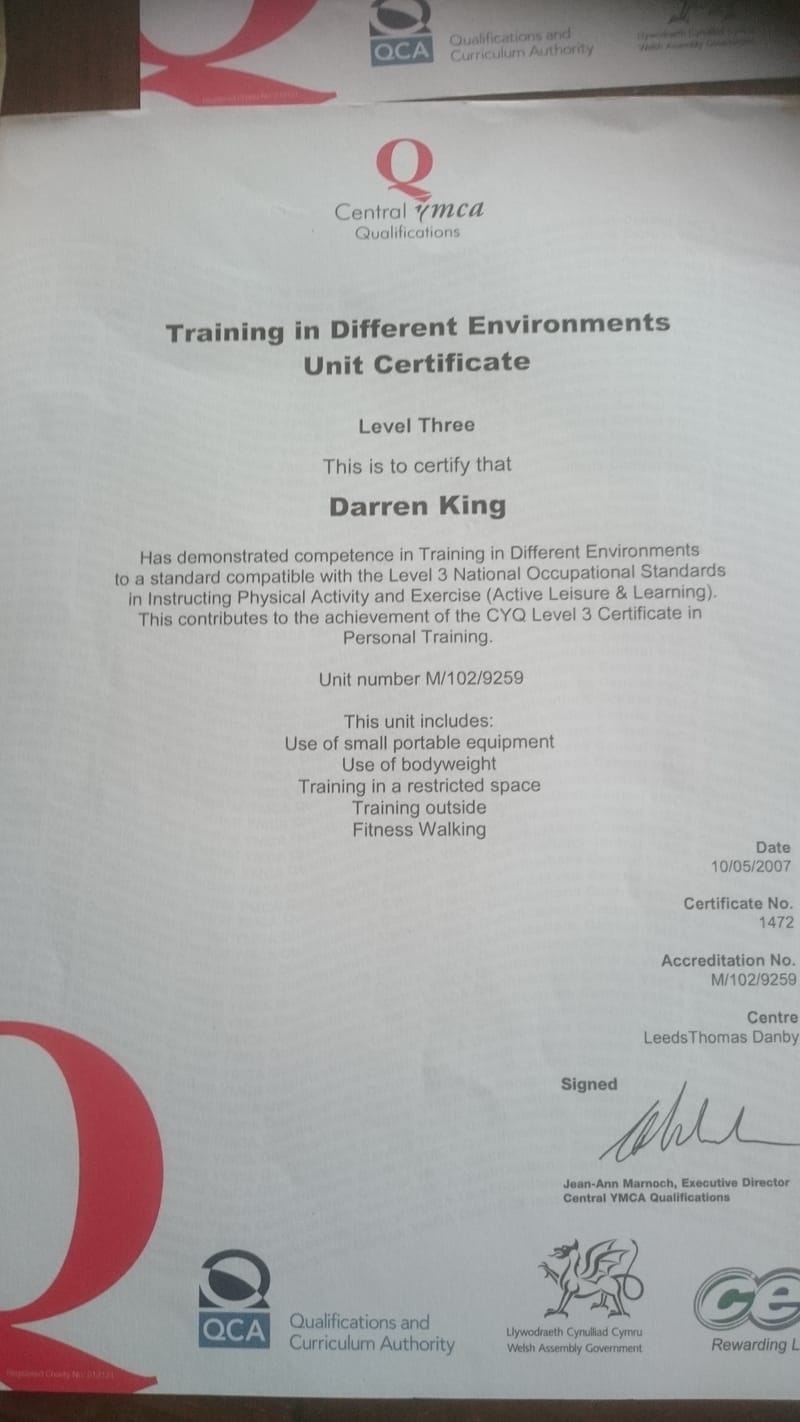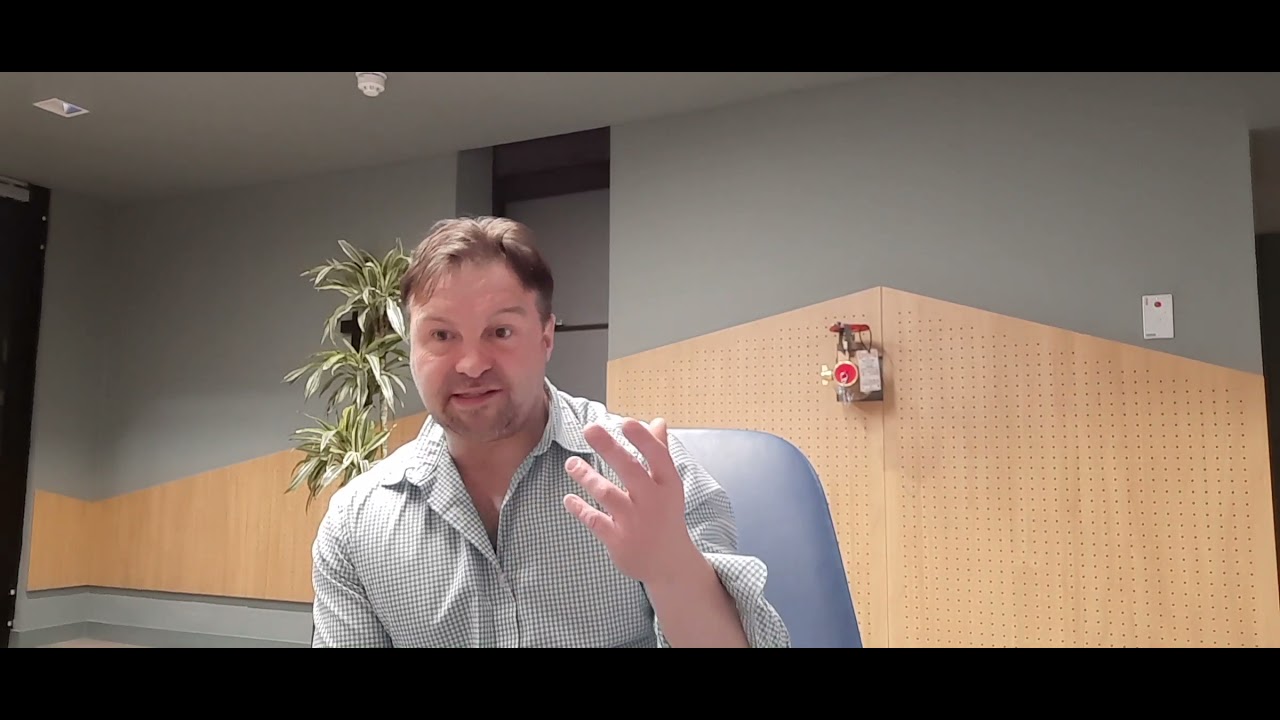My Healthy Weightloss
Passionate and friendly professional service towards weight management - helping you reduce your weight improving your: blood pressure. blood sugars, cholesterol/ quality of sleep.
Simply call or email; dwilkinson18@yahoo.co.uk
"Since following his guidance, his food intake has improved significantly, and he now stays full for much longer. Given his condition and the increased risk of type 2 diabetes and insulin resistance, we were worried about managing his nutrition pr
WeightLoss Packages
Take Action Now
'A great deal cheaper than taking the weightloss drug/pill'
Transforming lives through balanced nutrition and 'healthier' guidance -tailored to you .
Please let me at least place one thought in your head, "what is a better way for I to help you understand why I choose to work in this very tricky industry I chose to work in? Because I simply love it" I get to work and meet all you lovely people and I get to enjoy as I am very passionate about my work I do..."
Thank you.
Obesity related Issues
Millions of Britons struggle with digestive problems like bloating, constipation, cramping, pains and the fatigue this causes, and if the digestive process is not working properly, and in my experience this often results in being overweight..
Read MoreIf there’s one thing that unites us, it’s stress. In fact, data from the 2017 Stress in America Survey conducted by the American Psychological Association (APA) found that 3 out of 4 People reported experiencing at least one stress symptom in the last month. Unfortunately, all of this excess stress can lead to an increase in weight. And whether the extra weight is a result of overeating and unhealthy food choices, or your body’s response 'Read More'
Read MoreFactors like stress, overtraining, and diet may be to blame. Q: I’m a 40-year-old, healthy, sporty female. As a triathlete, I get 60 minutes or more of exercise 6 or 7 days a week, but I find I’m gaining weight anyway. Can hormonal changes influence my food cravings and, if so, how can I manage them? How do I reset my metabolism to lose weight?
Read MoreI would like to begin with the weight of the women and that there is a close relationship between maternal weight, 'please press read more'
Read MoreWhy my passion shines and, "there's very little to almost no validity in the exercise loses weight"
All metabolic diseases and illnesses are increasing such as; Diabetes Type 1 and 2 all of the world, and not just in the UK. The increasing numbers of peoples becoming overweight or obese are going through the roof, fast... Symptoms of metabolic diseases such as; high blood pressure, fatty liver disease, stress and anxieties are just some of many symptoms that are leading to further complications and co morbidities and growing, fast... Unfortunately the vast numbers of people are not just stopping there as such. Significant increases in bulimia and Anorexia as well are sky rocketing too. Phycological and mental health challenges are being experienced by great numbers in society which is sadly compounding already great challenges experienced in what we are seeing today.
Since 2014 and after 8 years in further education and after graduating Nutrition BSc 'hons' degree my vocations and helping people in particular areas, n' areas I am good in/ my strengths; 'are helping people lose weight' and tie-into; -Diabetes Type 1 and 2 and Obesity. Food and nutrition I find fascinating-how reacts in our body's. My other passion would be 'Food intolerances' as I am equally fascinated with how food reacts inside our body's
After practicing for over 20 years (started as a Personal Trainer) in industry and becoming what I am now! I am helping families. Many have symptoms and suffer with discomforting and uncomfortable pains including irritable bowels from food intolerances and barriers related with weight-loss struggles and in many other weight baring capacities.
Through conversation, I can understand the many complexities and struggles you are facing and battling with, and the many challenging barriers gaining weight can bring into our lives. This includes the many symptoms commonly reported and many reportedly suffer from, from the different kinds of food intolerances and the many discomforting struggles reported today.
"There's very little to almost no validity in the concept that exercise helps you lose weight... When I say, almost no validity" I am referring to the many credible tests on willing participants for this to be proven and resulted in only a small percentage that this only works for, that's it, Sorry people! I am also talking within reference to my own experiences. Allow me to elaborate. Many of my clients when I first began working as a Personal Trainer would ask for guidance and specifically would ask for, 'how can they become slimmer and lose their weight?' 'And ask for 'weightloss' and ask for direction and instructions. I would see many of my clients work exceptionally hard and plenty would work their arses off only to no avail. Allow me to continue by saying exercise for 'weightloss' for only a tiny 5% of the worlds population is a non-starter However, 'exercise' is important and comes with so many important benefits for your health. If you want to lose weight think about how you live and your diet because only then will you start to see the results you are after."
Remember, '"There's very little to almost no validity in the concept that exercise helps you lose weight... '
I’m looking forward to helping as many people as possible, and slowly building the list of people I can proudly think of as "amazing human beings that I am helping into the future"
🙏🏼🙏🏼🙏🏼
Darren.
TAKE ACTION NOW
What is Anorexia Nervosa?


Anorexia is an incredibly serious mental illness and has the highest mortality rate of any psychiatric illness. Extreme food restriction can lead to starvation, malnutrition, severe mental distress and suicidality. However, complete recovery from anorexia is possible.
“There is no magic word, prescription or motivational speech that will force recovery upon you. Only you can make that choice. That choice will dissipate the loneliness and isolation that your eating disorder compels you to feel. I took small steps, which turned into bigger leaps towards health and happiness"
Recognizing the Symptoms of Anorexia Nervosa
Those with anorexia nervosa lose weight and maintain their extremely low weight in different ways. While some put severe restrictions on their calorie intake, others exercise excessively. Some employ a binge and purge method similar to that used by those with bulimia. Others use laxatives, vomiting, or diuretics to rid themselves of calories. Warning signs of anorexia nervosa
Some of the more common signs and symptoms of anorexia nervosa are:
- Preoccupation with body shape, weight and/or appearance
- Intense fear of gaining weight
- Preoccupation with food or food related activities
- Negative or distorted body image, perceiving self to be fat when at a healthy weight or underweight
- Low self-esteem (e.g. guilt, self-criticism, worthlessness)
- Rigid thinking (‘black and white’, ‘good and bad’ foods)
- Feeling out of control
- Mood swings
- Anxiety or depression
- Heightened anxiety around meal times
- Heightened sensitivity to comments or criticism about body shape, weight, appearance, eating or exercise habits
- Suicidal or self-harm thoughts or behaviours
- Constant or repetitive dieting, restrictive or rigid eating patterns
- Excessive or compulsive exercise
- Changes in clothing style
- Impaired school or work performance
- Obsessive rituals around food
- Changes in food preferences
- Frequent avoidance of eating meals, making excuses not to eat
- Social withdrawal or avoidance of social situations involving food
- Repetitive or obsessive body-checking behaviours
- Deceptive or secretive behaviour around food
Restricting type — this is the most commonly known type of anorexia nervosa, whereby a person habitually restricts their food intake. Restriction may take many forms (e.g. maintaining very low calorie count, restricting types of food eaten, eating only one meal a day, (may not even be what may seem to be the amount of a meal!) Foods eaten may follow obsessive and rigid rules (e.g. only eating food of one colour or one kind of a particular food group).
Binge-eating or purging type — this type of anorexia nervosa forms when a person restricts their intake as above, but also has periods were masking may be evident and this may take effect and can go on for days. Or engaged in binge-eating or purging behaviour (e.g. self-induced vomiting, over-exercise, misuse of laxatives, diuretics or enemas).
- Physical signs and effects of anorexia nervosa
- Anorexia nervosa can affect the mind and body in a multitude of ways:
- Brain – preoccupation with food/calories, fear of gaining weight, headaches, fainting, dizziness, mood swings, anxiety, depression
- Hair and skin – dry skin, brittle nails, thin hair, bruises easily, yellow complexion, growth of thin white hair all over body (called lanugo), intolerance to cold
- Heart and blood – poor circulation, irregular or slow heartbeat, very low blood pressure, cardiac arrest, heart failure, low iron levels (anaemia)
- Intestines – constipated, diarrhoea, bloating, abdominal pain
- Hormones – irregular or absent periods, loss of libido, infertility
- Kidneys – dehydration, kidney failure
- Bones and muscles – loss of bone calcium (osteopenia), osteoporosis, muscle loss, weakness, fatigue
Recovery and treatment
It is possible to recover from anorexia, even if you have been living with the illness for many years. The first step towards recovery is to ask for help. With the right team supporting you and a high level of commitment, you can recover from anorexia.
Muscles-How to get the best when training
The norm for men is around 18-24 percent, while women are around 25-31 percent. This is perfectly healthy, as are a variety of body fat percentages lower than that (and some above it as well). You can be healthy, unhealthy, fit, or out of shape at just about any size. Make them When we talk about abs, what we’re really talking about is the rectus abdominis, which is
Read MoreThe triceps brachii is a major muscle of the upper arm in the human body. The triceps run along the humerus (the main bone of the upper arm) between the shoulder and the elbow. How to Perform the Decline Bench Lying Cable Extension/Skullcrusher Below is a brief guide on how to perform the decline bench lying triceps extension. Step 1: Start by lying on a decline bench, with your head towards the cable attachment/resistance band. Step 2: Set your body up similarly to the lying skullcrusher, with the elbows placed further back due to the decline. Step 3: Perform a skull crusher in the full range of motion, and repeat
Read MoreAnteria (front) Deltoid, The Benefits of Deltoid Stretches and How to Do Them Benefits Anterior deltoid stretch Posterior deltoid stretch Safety When to do them Takeaway Your shoulders do a lot of work throughout the day. You need them to lift, pull, push, and reach, and even to walk and sit up straight. It’s no wonder they sometimes feel tired or tight, and may feel achy or stiff after a workout. One effective way to keep your shoulders flexible is by doing deltoid stretches. The deltoid muscle is situated around the top of your upper arm and shoulder. Its main purpose is to help you lift and rotate your arm.
Read More10 Ways to Stretch and Strengthen Your Lats Stretching tips Active floor stretch Foam rolling Exercise ball stretch Wall press Yoga stretches Takeaway The latissimus dorsi muscles, known as the lats, are the large V-shaped muscles that connect your arms to your vertebral column. They help protect and stabilize your spine while providing shoulder and back strength. Your lats also help with shoulder and arm movement and support good posture. Strengthening and stretching your lats is essential in building upper-body strength, improving range of motion, and preventing injury. Here are 10 simple and effective lat stretches you can incorporate into your daily or weekly exercise routine.
Read MoreOverview Exercises that define and sculpt your chest help you look your best at the beach or the gym. They can also help you do a variety of daily tasks, like lifting or pushing objects. On top of all that, while you improve your look and strength, you lift your mood, too. Working out the chest means working out the pectoral muscles, better known as the “pecs.” While the pecs are the largest muscles in the chest, there are actually several smaller muscles that support the pectoral muscles, including the latissimus dorsi muscles (or “lats”) on the sides of the chest and the trapezius muscle around the shoulders.
Read MoreYou need strong shoulders to be able to lift, push, and pull without injury. Gaining shoulder strength requires working many different muscles from different angles. The front of your shoulders, the front deltoid muscles, tend to be somewhat dominant in a lot of exercise movements. But strengthening the partnering middle and rear deltoids is important, too. These muscles all work together to keep our shoulders stable. But the rear deltoids can be tricky to target. These five moves will help you gain rear deltoid strength and stronger shoulders overall. Try adding a couple of these exercises into your regular strength workout each week.
Read MoreExercise Tips for Developing the Pectoralis Minor Do you want the secret to developing a defined, enviable chest? It's the underrated, but extremely essential, pectoralis minor muscle. This muscle is thin and flat; it lies underneath the larger pectoralis major, which consequently gets all the fanfare.
Read MoreMiddle Deltoid Dumbbell Exercises Your deltoids are the biggest and strongest muscles in your shoulders, and are made up of front, back and middle sections. The middle deltoid muscle is the one you use to abduct your arm -- that is, move it away from your body. Exercises to tone and strengthen this muscle will help give your shoulders their characteristic, defined shape. The Arnold Press This exercise gets its name from the man who created it, Arnold Schwarzenegger. You can sit or stand to do it, but regardless of the position you choose, keep your back straight throughout the exercise. Take a dumbbell in each hand and bend your elbows so the weights are positioned in front of your chest, palms facing in, and your elbows pointing down towards the floor. Raise the dumbbells straight up over your head, turning your wrists inwards as you do so, so your palms
Read More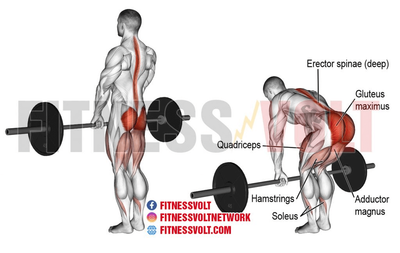
Erector Spinae
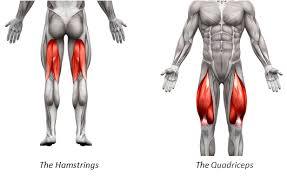
Hamstrings
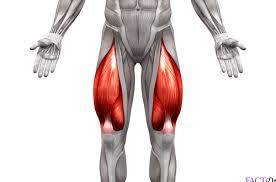
Quadriceps
Outdoor Training
10 Reasons Why Training Outdoors is Good For You 1a. It lowers blood pressure and reduces stress Studies have shown that physical activity outdoors lowers a person's blood pressure and heart rate. As a result, exercise outdoors feels less strenuous than similar exercise indoors, which, in turn, pushes you closer to your maximum performance. Train outdoors, push yourself to the limit and keep breaking your personal record! 1b Enhanced Self-esteem Research shows that as little as five minutes of outdoor exercise can improve self-esteem (Barton and Pretty, 2010). Any outdoor location will do, but being near greenery or water enhances this effect. Interestingly, low- to moderate-intensity physical activity shows greater improvements in self-esteem than high-intensity outdoor exercise. Activities shown to improve self-esteem include walking, cycling, horseback riding, fishing and gardening. A regular dose of outdoor activity can help boost the already powerful esteem-enhancing effect of exercise. Outdoor exercise has been proven to reduce stress. 2. Helps with insomnia When you exercise outdoors, you get fresh air which helps to alleviate insomnia. Regular exercise and fresh air will help yo
Read MoreWhat should I wear when I come training outside? Full Drink bottle As the year progresses, can’t stress how important this can be. I’ve learned the hard way what training out in the sun without drinking enough water. Trail trainers. Outdoor trainers with a good, Press 'Read More'
Read More. Walking Why it's a winner: You can walk anywhere, anytime. Use a treadmill or hit the streets and the stairs. How to: If you're just starting to walk for fitness, begin with five to 10 minutes at a time. Add a few minutes to each walk until you get to at least 30 minutes per walk. Then, quicken your pace or add hills. 2. Interval Training press ' Read More'
Read MoreNo one likes that tired, weighed down feeling after a large meal, so imagine how it would feel if you had to run after such a meal. So it makes sense not to stuff your face just before you run, but there 'read more'
Read MoreTips For Beginning Weight Training
There are plenty of reasons to make sure you incorporate a warm-up routine into your workout plan. Let’s take a look at them one-by-one. Press 'Read More'
Read MoreStretching and light cardio will raise the temperature in your muscles and soft tissue gradually, making you less prone to injury, particularly around your joints. Click 'Read more'
Read MoreWhy do we have the arch in our feet? The arch has two main functions: Support body weight while we are standing Work with other bones, ligaments, a 'read more'
Read MoreExercises
Do I have a pelvic floor? If you have a pelvis, then yes, almost certainly! The pelvic floor refers to a group of muscles that "stretch like a muscular trampoline from the tailbone to the pubic bone," as the Continence Foundation of Australia so delightfully puts it. These muscles hold up the bladder and the bowel, as well as the uterus (if you have one). What does my pelvic floor do?
Read MoreMajor Muscles on the Front of the Body Our body has several layers of muscles. This list shows the outermost layer, called the superficial layer, of our major muscles. Muscles are usually work in pairs because although they can contract and shorten (flex), they are pulled by an opposite (antagonist) muscle to straighten out (extend) again. Sometimes the name of the muscle includes it’s function—such as extensor, flexor, adductor, abductor. The muscles on the front of the trunk help lift the arms and move the body forward and sideways. They also protect the organs in the abdomen. To better understand muscles and how they work, it’s important to familiarize ourselves with the different planes of the body. In anatomy, there are three different planes in which our bodies move.
Read MoreLunges are a popular strength training exercise among people wanting to strengthen, sculpt, and tone their bodies, while also improving overall fitness and enhancing athletic performance. This resistance exercise is popular for its ability to strengthen your back, hips, and legs, while improving mobility and stability. Lunges are ideal for those wishing to get stronger and for current athletes, including runners and cyclists. Continue reading to take a look at the benefits of lunges along with what muscles they target and a few variation options. Benefits of performing lunges 1. Weight loss
Read MoreTo get moving: Grab one 10-15 pound dumbbell for this move. Get into a staggered stance; your feet should be hips-width distance apart, with the toes of one foot in line behind the heel of your other foot. With bent elbows, move the weight above and behind your head. Then extend your arms straight up, feeling your triceps engage as you go. Ensure that your neck stays neutral and your elbows don’t flare out wide.
Read MoreLie flat on a bench, holding a dumbbell in each hand resting near the top of your thighs, palms facing towards each other. Bend one leg up to help you lift the dumbbell Press 'Read More'
Read MoreWhile the shoulder press focuses primarily on two portions of the deltoids, lateral and posteria, middle and lower trapeiz, and it also works a plethora of other muscles. Your trapezius, triceps and rotary cuff muscles all have to work in conjunction with your shoulders for this exercise to be done.
Read MoreTo perform the exercise, grab some moderately light dumbbells that you don't struggle to lift. Hold them next to your sides, with a slight bend at your elbow. Stand, Press 'Read More'
Read MoreStand tall with your chest up and core braced, holding the barbell with your hands just outside of your hips, using an underhand grip. Keeping your chest up and your elbows tight to your sides, initiate the move by raising your hands slightly so you feel your biceps become engaged. While maintaining tension on your biceps, curl the bar up to shoulder height, then give your biceps a one-second squeeze. Start to lower the bar slowly, keeping your biceps tensed and engaged to work as many muscle fibres as possible.
Read MoreMethod: Rest your back against the bench, feet planted firmly on the floor, with a dumbbell in each hand resting on your thighs, palms click 'Read More'
Read MoreThe tricep dip is a very effective bodyweight compound exercise for building maximum muscle and strength. In fact, it’s a bread and butter movement and most people who weight train perform some variation of the dip whether it be on a dip assist machine or a bench. Now, anyone can do a dip depending on your strength level and the piece of equipment you use, so it’s recommended to find a variation which works best for you. The tricep dip works all three heads of the tricep effectively and is a must for any training routine geared toward getting results! In This Exercise
Read MoreHow to Do Calf Raises the Right Way Slow down (way down) Speed is your enemy on calf raises. The calf is made up of several muscles that work together each time you take a step—that's at least 5,000 reps per day for most of us. In order to improve size and strength in this area of your body, the mind-to-muscle connection is extremely important. I suggest using a 2-1-2-1 ratio: a two-second stretch, a one-second contraction up, a two-second isometric hold at the top of the range of motion, and then a two-second eccentric motion back down. Stacking five plates on a barbell and doing five max-out reps won't help you here! Stand up (all the way up)
Read MorePersonal Trainer Articles
All PTs are not created equal. So we’ve crowdsourced tips from the experts on how to choose the best one for you. Check the CV Start by getting the basics right and always check your trainer’s credentials and qualifications – a good one will have no problem showing these to you. ‘In the UK, the minimum requirement is to be insurance at Level 3,’ says Hugh Hanley, head of personal training and fitness at Virgin active Funded by the Department of Health 'press 'Read More'
Read MoreStaying fit and healthy starts with a balanced diet. Know and monitor the right weight for your age. Consult your doctor to learn what food you should avoid and follow your eating discipline routines. If you are trying to lose
Read MoreOn the off chance that you play a game that requires a full dash, recall that a full run strains the muscles of the lower body. To battle this, do unpredictable activities. For instance, run 30 meters at around 80 percent of your exertion
Read MorePersonal Training; Packages
'Personal Trainer Leeds'

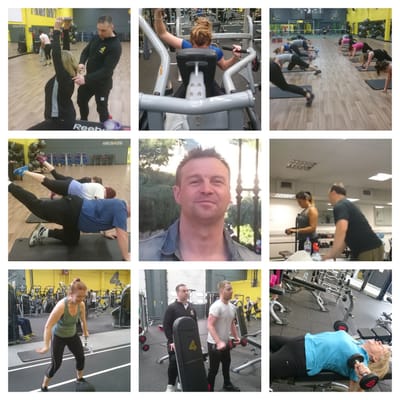
Combining over 16 years of experience as a Nutritionist BSc 'hons' degree n' Trainer to 'Weight-loss' Specialist
Hi, I'm Darren.
Why I am a Trainer?
I am both a 'Trainer' and a 'Nutritionist', as I receive a great amount of pleasure from being both, but i would like to concentrate on talking about being a Personal Trainer. As a trainer I believe in that everybody is capable and has the ability to be able to change their own outlook and circumstances for the better, both mentally and physically.
In my line of work I am very fortunate as I meet a lot of people in and around Leeds; from the people who work in an office and as well as people that work manually, and also as a skilled laborer. We all have different jobs and therefore are presented with different physical and emotional challenges 'in our busy busy lives. Other challenges stem from not having enough time to look after ourselves and doing this whilst taking care of their families. Living today is hard and looking after ourselves is even harder as we all have bosses to appease and girlfriends and partners to please, this is tough! This then is a great opportunity as it presents me with lots of different challenges, such as; helping someone take care of themselves by helping them through listening and understanding what it is they would like to change about themselves and this is what I appreciate and specialize in, and where I can help.
Everyone unfortunately suffers with different struggles in life sometime or other, such as; mental illnesses, being ill or unwell with an illness; or inflicted with a diseases and perhaps through injury. There are so many other hidden dangers out there that can suppress our health too such as the kinds of food we eat and different not forgetting the different life stress's. There are good stress's and bad stress's. Looking after ourselves has become hard with hidden traps like 'junk-food' and over indulging on food and drink. The complexities are never ending and complex and when this happens it is comforting to know there is help at hand I like to think of myself as someone who can help both as a 'Trainer' and a 'Nutritionist'. There is no other feeling quite like helping someone realize they can do something that they think their mind and body can not do, and that person, (client) over comes this challenge and has the ability to overcome a range of emotions like' the inability to do something because of what they believe about themselves' or 'they have not the capability as they have never thought or had the inclination that they are more than able.
My job allows gives me the opportunity to work with quite a diverse range of people and whilst I love Personal Training I relish indeed and mostly relish the challenges that i get presented with. I indeed get a great deal of satisfaction from being presented with challenges that I am presented with, such as; weight reduction; weight reduction whilst challenged medically, putting on weight, rehabilitation, recovery from injury etc. This is achieved by helping that person become stronger as a person and 'healthier' And this is what i like to do.
I found myself at times being overwhelmed with clients questions i.e. why I don't lose the weight when i exercise the way that i do, or living the healthy lifestyle I lead? And mostly when that that individual would suffer from a particular mental illness, disease or illness of a particular nature? So I decided to go back to school and study as a Nutritionist.
Thank you.
Darren.
Services offered for clients are 1 to 1 training and group session and Personal training combined with nutrition.
I work in a studio, (studio environment would be any private) A big box gym would be any health club or chain that offers a gym area with free weights or cardio equipment, as well as group fitness classes and training, such as 24 Hour Fitness (this is where I work out frequently and also where I teach group classes, Exercise4less (I used to work here as a personal trainer), Nuffield, Leeds City Council, Esporta, Seb Coe 'Health club chain, or even a university or local gym.
WHAT ARE THE BENEFITS OF A STUDIO VS. A BIG BOX GYM ENVIRONMENT
You always get a full workout, even if you aren’t self-motivated. When you go to a studio and attend a session, or a class, you know you’re going to get in a workout and this is helpful when you’re low on inspiration, motivation or an idea of what you want to do that day. Sessions/Classes take the guesswork out for you, and that’s so important when you don’t have the time or energy to think about what your workout should be that day.
There's a strong and good chance to get to know the instructors better. Instructors at a studio and often teach a lot of sessions/classes at that same studio, so you get to see them more often. If you start to fall in love with an instructor, it’s a good motivator to continually book into the sessions/classes they teach to stay consistent.
Studios build strong communities, and people know your name. While not every fitness studio has a community vibe, a lot of them work really hard to offer events, products and other amenities to keep their members excited, involved and coming back. It feels good to be part of something, especially if it’s a chain studio with multiple locations, because you feel like you belong and are more likely to stay loyal and consistent. And you know what feels really good at a studio? When both the front desk staff and the other instructors know you by your name!
My opening hours are usually start at 05.00 till 12.00, (lunchtime) and begin again at 15.00 till 22.00 - i would usually be preparing at 05.00 for my day ahead.
Equipment I use are mixture of resistance equipment such as dual pulley and smith machine and bars n' free weights and great many more pieces of equipment. Cardio equipment includes Rower, treadmill, Bike etc.
Manage Weight Gain From Steroids
Steroids are extremely effective in relieving pain and inflammation in the body, and they can be life saving.
What Are Steroids? Steroids, or corticosteroids, are anti-inflammatory drugs. There are many types and they are sold under various brand names:
- Prednisone (Deltasone, Sterapred)
- Methylprednisolone (Medrol)
- Prenisolone (Prelone, Pediapred)
- Dexamethasone (Decadron, Hexadron)
- Hydrocortisone (Acticort, Cortef)
How Do Steroids Cause Weight Gain? Steroids affect sodium (salt) balance and, hence, increase fluid retention. They cause weight gain by increasing appetite and re-deposition of fat around the neck and abdomen. Because of chronic inflammation and pain, you will be less active and this will also contribute to weight gain. How Do You Manage Weight Gain?
There is no easy road to losing weight from the side effects of steroids. However, there are six steps you can take to manage it: Step 1: Plan Your Meals Be aware of the amount of calories in the food you are eating. You will then be able to reduce the total amount of calories you normally consume by 10-20%. You can search online to obtain the calorie content of the food you normally eat. Counting calories is a method of weight loss.
Why my passion shines through into why I help?
One of the most important things for me is to HELP
After spending nearly 5 years in further education and completing BSc 'hons' Nutrition degree. After practicing for over 20 years in industry and becoming what I am now! I am helping families become 'healthier' helping with battling weight difficulties and anxieties and depression. Many have symptoms and suffer with discomforting and uncomfortable pains including irritable bowels from food intolerances and barriers related with weight-loss struggles and in many other weight baring capacities.
Through conversation, I can understand the many complexities and struggles and the many challenging barriers gaining weight can do. This includes the many symptoms commonly reported and many reportedly suffer from, from the different kinds of food intolerances and the many discomforting struggles reported today.
"There's very little to almost no validity in the concept that exercise helps you lose weight... When I say, almost no validity" I am referring to the many credible tests on willing participants for this to be proven and resulted in only a small percentage that this only works for, that's it, Sorry people! I am also talking with reference to my own experiences. Allow me to elaborate. Many of my clients when I first began working as a Personal Trainer would ask for guidance and specifically would ask for 'Weightloss' and direction and instruction given by me. I would see many work and plenty would work their arses off only to no avail. Allow me to continue by saying exercise for 'weightloss' for most is a non-starter However, 'exercise' is important and comes with so many important benefits for your health. If you want to lose weight think about how you live and your diet because only then will you start to see the results you are after."
If I don’t understand the person, or they find me “iffy” in some way they can’t put their finger on. This person will not trust me as their adviser, no matter how neatly my follow up structure is organized and delivered.
Don’t misunderstand me, reminders and process are important, but not the ❤of what I do.
The core of that ❤is:
- Genuine desire to help
- Trust & Faith that if I help enough people, a good proportion will want to help me
I’m looking forward to helping as many people as possible, and slowly building the list of people I can proudly think of as "amazing human beings that I am helping into the future"
🙏🏼🙏🏼🙏🏼
Darren.
File Manager
Nutrition Behaviour+ Form
